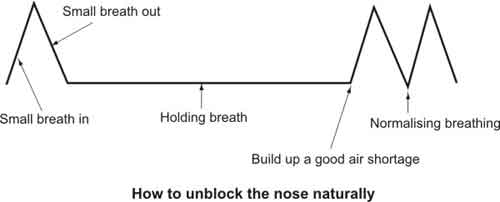Five weeds that make better medicines than any pharmaceutical drug

Most people will agree that weeds can cause a large amount of damage in the garden. For example, invasive weeds like Johnson grass and cogongrass expand rapidly and choke other low-growing flora. Parasitical weeds that depend upon a host for sustenance, such as dodders and witchweed, are even more destructive. Then, of course, there are the noxious weeds, such as poison ivy and poison sumac, which contribute to little except worry amongst parents with small children. These are plants that deserve to be called "weeds."
A lot of plants that are called weeds, however, are less deserving. Some of them, such as lamb's quarter, contain strong, penetrating roots that bring beneficial nitrogen and trace minerals from the subsoil to the surface. Other plants, such as those listed below, contain considerable medicinal benefits -- far more so, in fact, than any pharmaceutical drugs.
Dandelion
Think twice before you decide to throw away the latest dandelion growing in your garden. These yellow-headed plants are one of nature's greatest sources of beta-carotene (from which the essential antioxidant, vitamin A, is made), and are also rich in protein, minerals, vitamins and essential fatty acids. Every part of the dandelion plant -- from root to flower -- is edible, and long-term consumption of them has been linked to improved cardiovascular and liver function, digestive benefits (including treatment for constipation) and, due to their diuretic properties, cleansing of the kidneys.
Stinging
nettles Anyone who's been stung by the hairs of the nettle plant can easily understand why they've developed a reputation as an undesirable weed. In reality, though, the nettle plant is a powerhouse of nutrition. Its roots and leaves are rich in iron, calcium, and vitamins A and K, and it has been used to treat intestinal weakness, malnutrition, diarrhea and countless skin conditions for centuries in Europe. Moreover, 1 tablespoon of fresh nettle juice taken a couple of times a day has been shown to eliminate uric acid, a byproduct of protein digestion that accumulates in the tissues and joints, leading to painful inflammatory conditions like gout.
Burdock
The burdock -- yes, that irritating plant that constantly attaches its hooked burrs to our clothing to spread its seed -- is another weed with a heart of gold. In fact, burdock (including all its subspecies) is packed with phytochemicals that contain antibacterial, anti-inflammatory and antioxidant properties. Consequently, burdock is good at treating skin conditions (especially acne, eczema and psoriasis), cardiovascular issues, and degenerative diseases like arthritis and cancer. Like dandelion, burdock also aids digestion by stimulating digestive secretions.
Amaranth
Though the West commonly regards amaranth as a pest, other countries acknowledge it as a vital grain and leaf vegetable. Like quinoa and buckwheat, amaranth grains are gluten-free, a complete protein and also a fantastic source of fiber, iron, fatty acids and numerous trace minerals. Regular consumption of them has been shown to reduce cholesterol levels and blood pressure, boost the immune system and treat a host of serious diseases (including cancer). Amaranth leaves, which are often boiled or steamed, are 90 percent digestible when cooked and contain similar health benefits to other leafy green plants such as kale, spinach and broccoli.
Purslane
Purslane, also called pigweed, is another medicinal weed that is a popular source of nutrition in the Third World, mostly because it thrives in poor soil. According to researchers at the University of Texas at San Antonio, purslane leaves (which can be eaten as a cooked vegetable) contain more omega-3 fatty acids than any other edible plant, making them good for improving brain and cardiovascular function. The researchers also discovered that purslane contains between 10 and 20 times more of the cancer-inhibiting antioxidant, melatonin, than any other fruit or vegetable tested!




.jpg)
.jpg)
.jpg)
.jpg)
.jpg)

.jpg)
.jpg)
.jpg)
.jpg)
.jpg)
.jpg)
.jpg)
.jpg)
.jpg)
.jpg)
.jpg)
.jpg)
.jpg)
.jpg)